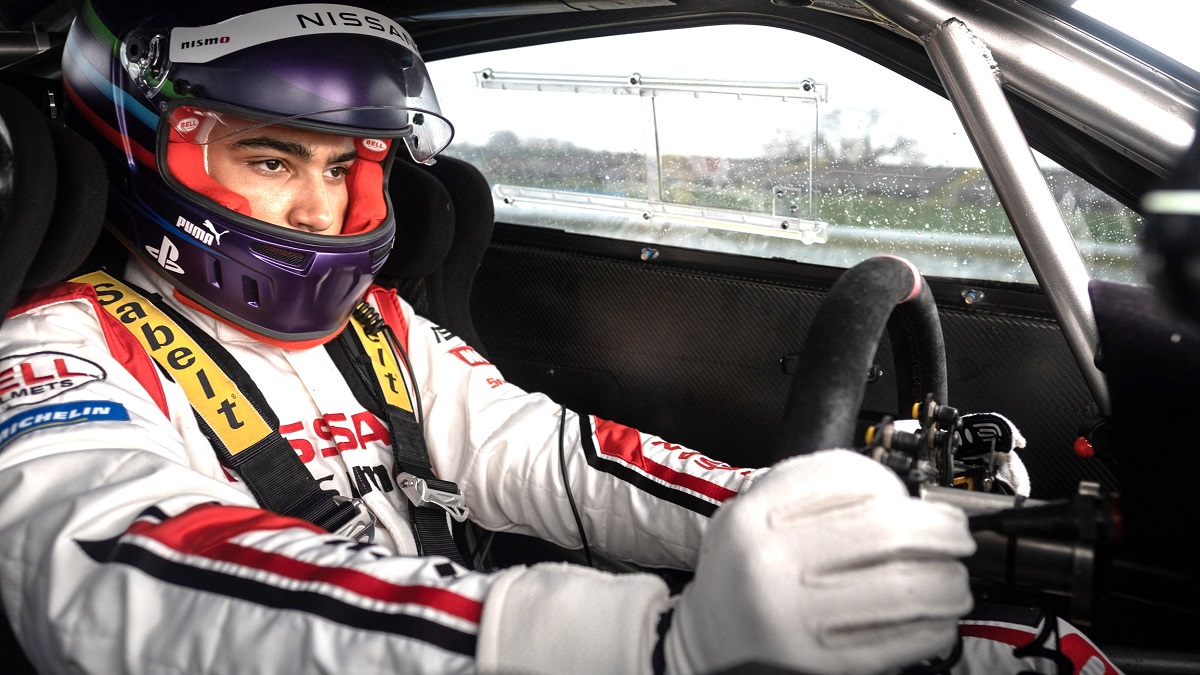Now that Gran Turismo has come racing into theaters and become a surprisingly highly-rated romp for audiences, it is time to break down the inaccuracies in the so-called “true story.”
In truth, almost any biopic, let alone a sports drama, will engage in some poetic license here and there with the cold hard facts in order to streamline the storytelling process. This is completely understandable since packaging someone’s entire life into the confines of a narrative motion picture, with actors playing real-life people, is not an easy feat. However, some liberties with the truth, such as changing the chronology of events, can be seen as controversial when they are taken too far simply for the sake of making the story more sensational.
Gran Tursimo is not exempt from this classic “based on a true story” trap, especially when it comes to sticking to the timeline of how things happened in real life. As we shall see, the truth of the real-life story may change your perception of Archie Madekwe’s Jann Mardenborough, Orlando Bloom’s Danny Moore, and David Harbour’s Jack Salter, the major players in the film who are also the characters most impacted by the artistic embellishments in the script that play fast and loose with the facts.
With an infectiously inspiring premise like Gran Turismo, which centers on an avid gamer of the titular racing sim who gains a once-in-a-lifetime chance to become a true professional race driver, it’s no wonder people who’ve seen the film have generally enjoyed it. However, will their perceptions change once they find out how the movie deviates from the real-life story? That is for each individual to decide. So with that in mind, here are the top 10 inaccuracies in Gran Turismo, ranked from least to most controversial.
10. The GT Academy competitions were even grander in scope than what the movie suggests
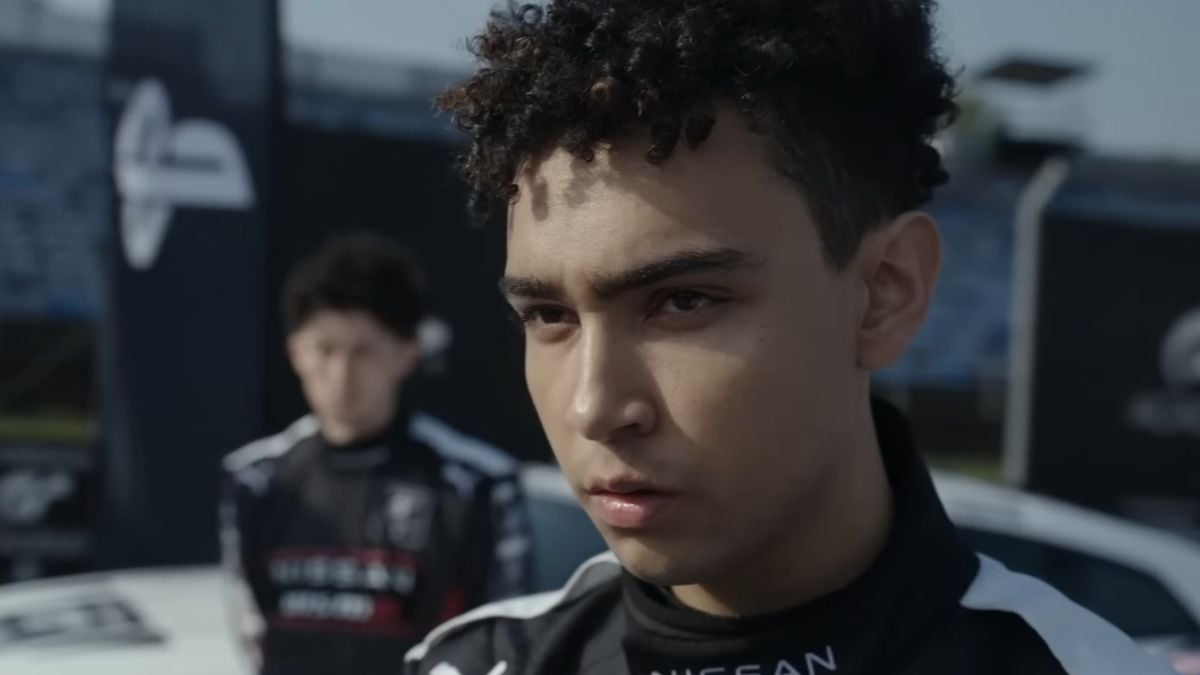
Gran Tursimo depicts Jann’s journey to the real-life race track as a matter of beating a single gaming competition. However, there was a huge interim step that the movie completely skipped over. You see, before Jann could qualify for the GT Academy proper, he had to participate in regional finals which saw 90,000 players competing on their home video game consoles for the best times, as GTPlanet reported. There were also on-site playoff events that happened regionally in order to qualify for the final Race Camp, but that was skipped over in the movie, too. However, this firmly makes the bottom of our list as the least controversial storytelling fib the movie committed since it is clearly for the sake of compressing the narrative into the digestible runtime of a movie.
9. Jann wasn’t a GT Academy contender for its very first year
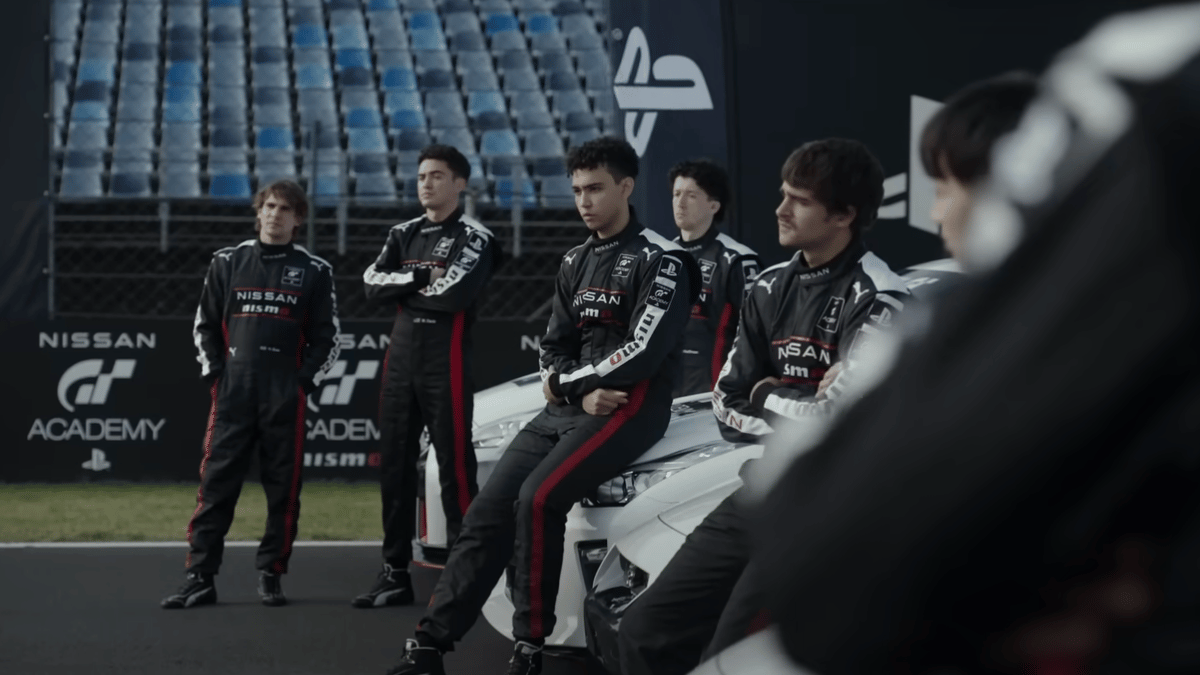
Though the film depicts Jann as the winner of the GT Academy’s inaugural year, he was actually crowned champion of its third iteration in 2011, with the Nissan/Sony-sponsored event first starting up back in 2008. The winner of the first Nissan GT Challenge was Lucas Ordoñez, from Spain, who went on to lead his own successful career in racing, as USA Today pointed out. With that said, Jann was the youngest winner of the contest at the time, at just 19 years old.
8. Jann’s GT Academy application was no accident
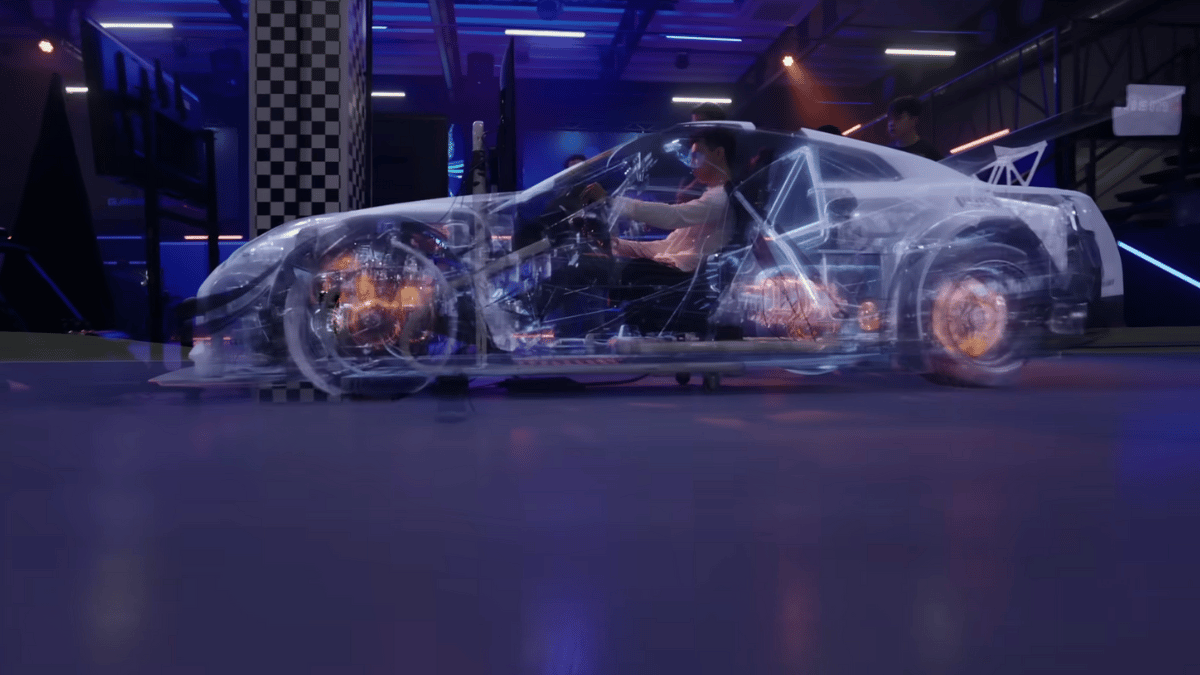
In Gran Turismo, Jann’s application to GT Academy is depicted as an unintentional result of circumstance. The film suggests that after Jann played Gran Turismo at a gaming cafe, a message appeared on the screen after he left saying he was inducted into the competition due to the stellar performance. It is only because a friend messaged Jann about the on-screen announcement that he even knew about the competition, we are led to believe. However, in real life, Jann had consciously applied to the competition, knowing full well what he was getting into.
7. Jann’s GT Academy win was even more contested than what was shown in the movie
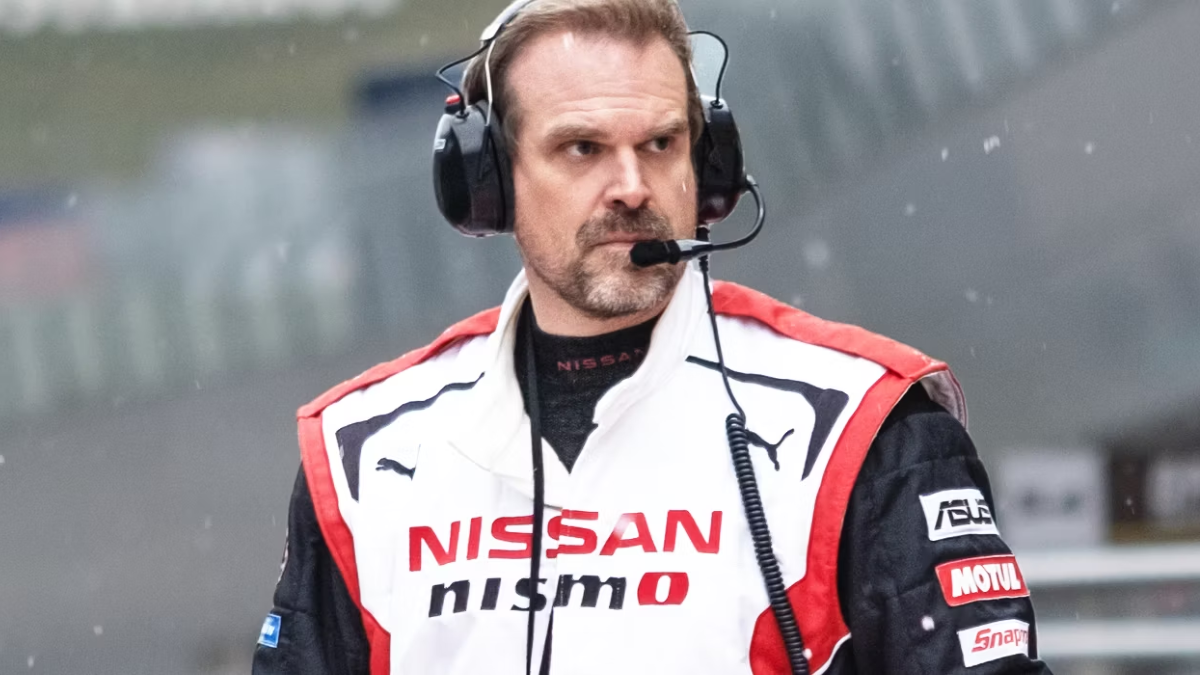
In Gran Turismo, Jann wins the GT Academy race by a hair; to the point that the Jack and Danny characters briefly have a sidebar about whether to crown him a champion. However, after reviewing a slow-motion replay of the finish line, it is immediately announced to Jann that he has won.
In reality, deliberations went on much longer than they are depicted in the film and extended beyond just two people in Jann’s circle who discussed it. In fact, Jann was left in the dark about the result of the race “until after a panel of judges, including F1 celebrities like Johnny Herbert and Eddie Irvine, had deliberated the performances of all the finalists,” according to GTPlanet.
6. Orlando Bloom’s character is fictional but based on a real person
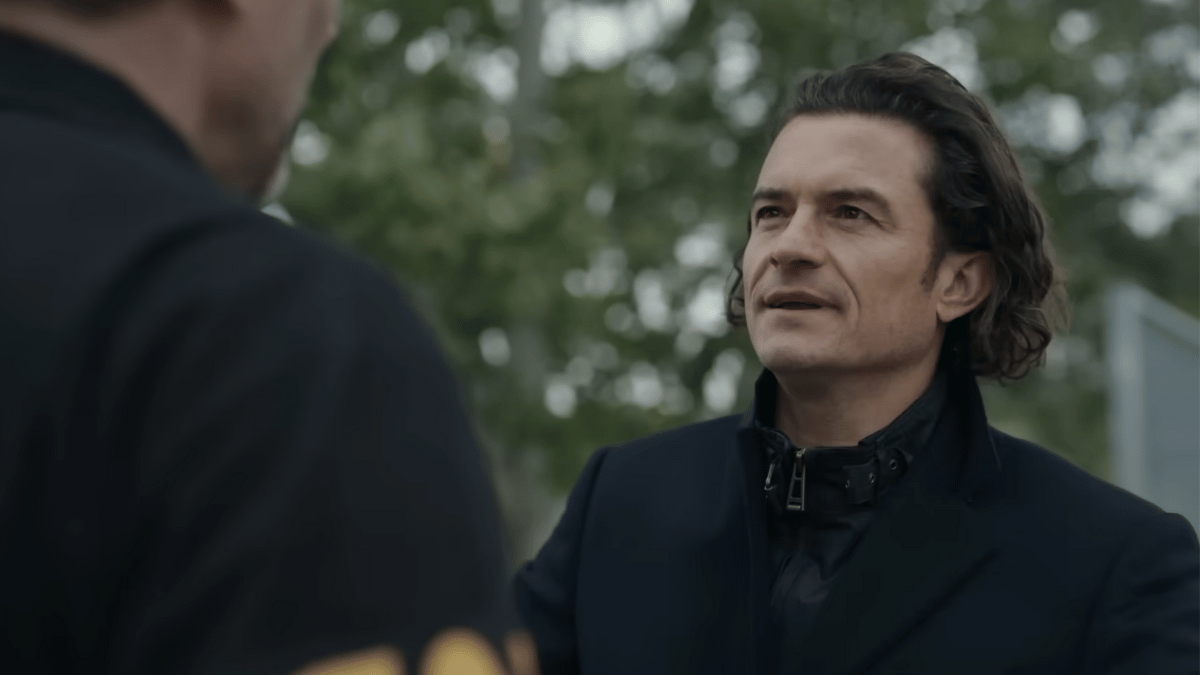
The Orlando Bloom character Danny Moore, a marketing guru for Nissan, is fictional. However, he is based on the real-life Nissan Europe marketing executive Darren Cox, who launched Nissan GT Academy with Sony in 2008.
5. David Harbour’s character is not real, but an amalgamation of several people

Rather than David Harbour’s character, Jack Salter, being based on a real person, the mentor of Jann in the movie who is also an engineer and ex-racer is likely a combination of characteristics from several different people from the athlete’s life. This may include people such as team manager Bob Nevill, race engineer Ricardo Divila, and sports psychologist Gavin Gough.
It has also been speculated that three-time Le Mans winner Allan McNish may have served as an inspiration for the character of Jack. This is due to the simple fact that Jann confided in Allan in real life following the fatal crash he was involved in, a moment that mirrors Jann having a similar conversation with Jack in the movie. Allan, who was also involved in a 1990 crash that ended up killing a bystander, did reportedly give uplifting advice to Jann after going through something similar. However, unlike in the movie, the Le Mans competition that Jann engaged in after the talk did not result in a victory, according to ScreenRant – but we’ll get back to that later.
4. Jann’s conflict with his father was exaggerated
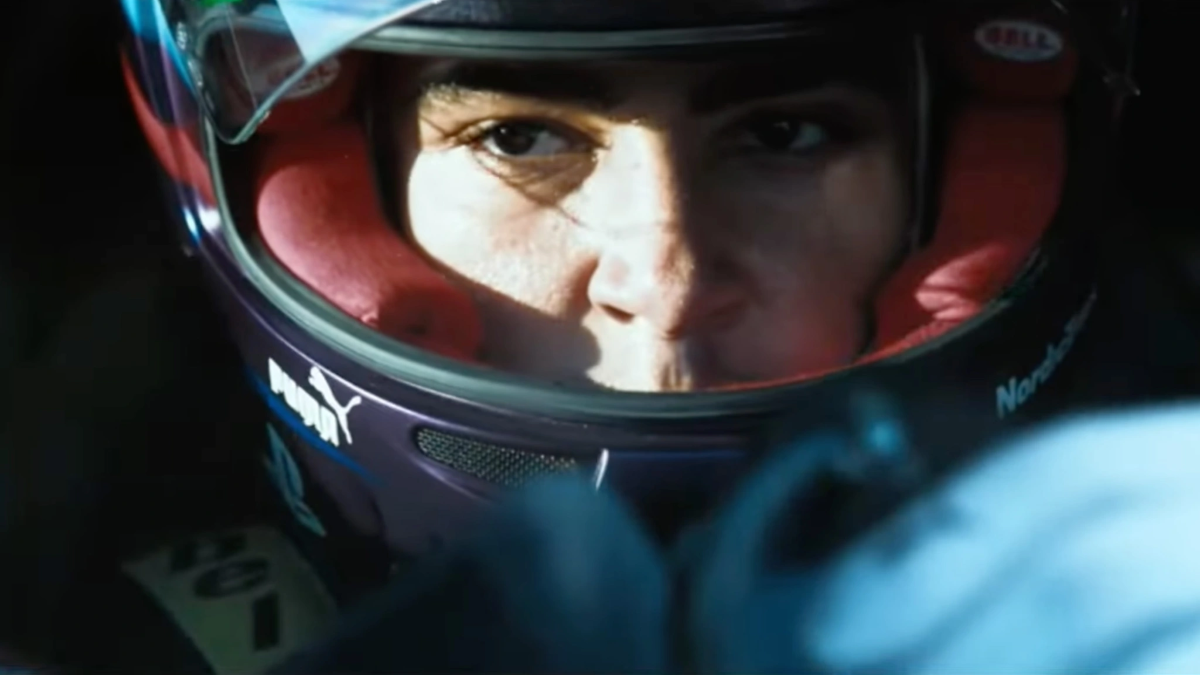
One of the lesser aspects of Gran Turismo as a narrative experience is the seemingly forced conflict between Jann and his father, the ex-pro football player Steven Mardenborough (Djimon Hounsou), as We Got This Covered discussed in our review of the film. In the movie, Steve is discouraging of Jann’s gaming and interest in becoming a professional race car driver, arguing such lofty dreams in lieu of a traditional education will lead him to a dead-end job should the goal fail. However, it should come as no surprise this is not how things played out in real life.
As GTPlanet pointed out, the fraught relationship between father and son was hyperbolized for the sake of drama. Jann told the publication:
“Me and my dad, we have a mutual respect for one another because we were both doing things as for a job which is our, we believe, purpose and passion in life.”
There is even video documentation from 2012 at Silverstone of Jann’s family, including Steve, being supportive of his race car driving pursuits.
3. Some liberties were taken with how the car flipped during the crash
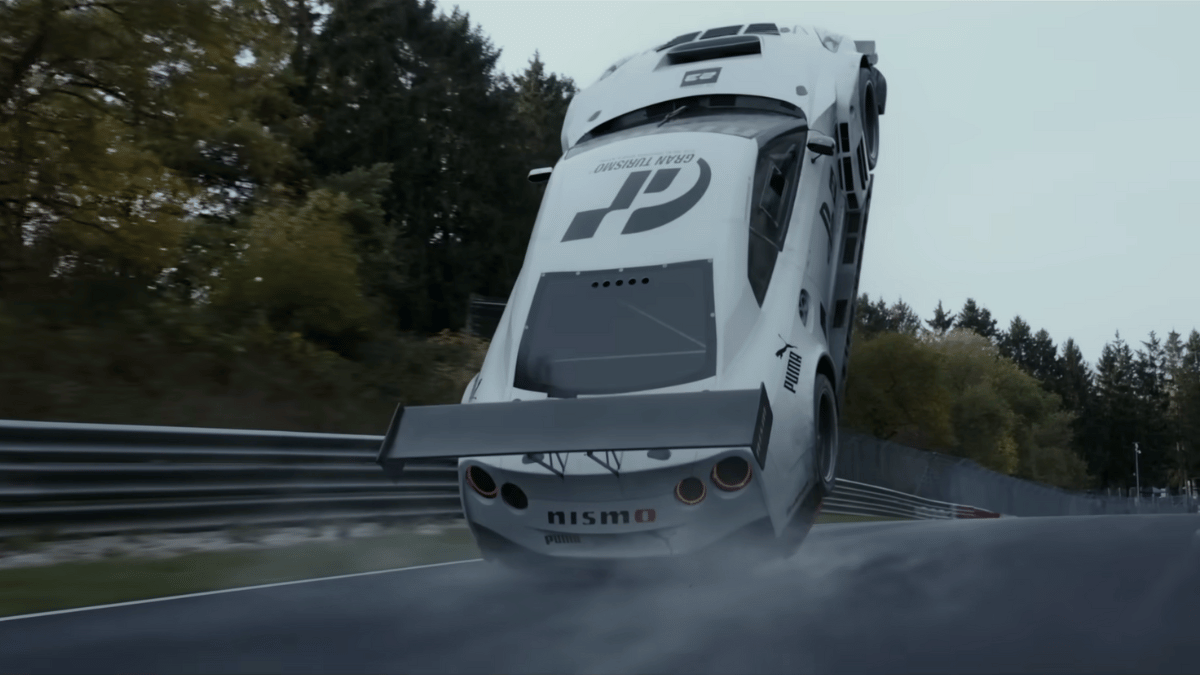
Aside from a major change in the chronology that we’ll touch on later in this list, the film’s depiction of an accident that happened to Jann at the Nürburgring Nordschleife was executed with a surprising level of accuracy. For instance, it was filmed at the notorious Flugplatz corner where the real-life tragedy in which one spectator lost their life took place.
Just like in the film, an unpredictable set of circumstances that amounts to a freak accident set the car into a vertical position, catching air like a sail, following its turn on an inclined hill, which was the catalyst of the incident in real life. However, in the movie, the car begins flipping mid-air along the track, whereas in real life the car only starts flipping after the vehicle bounces off of the tire barrier surrounding the spectators’ fence during its catastrophic propulsion forward.
2. The crash’s physical toll on Jann may be exaggerated in the film
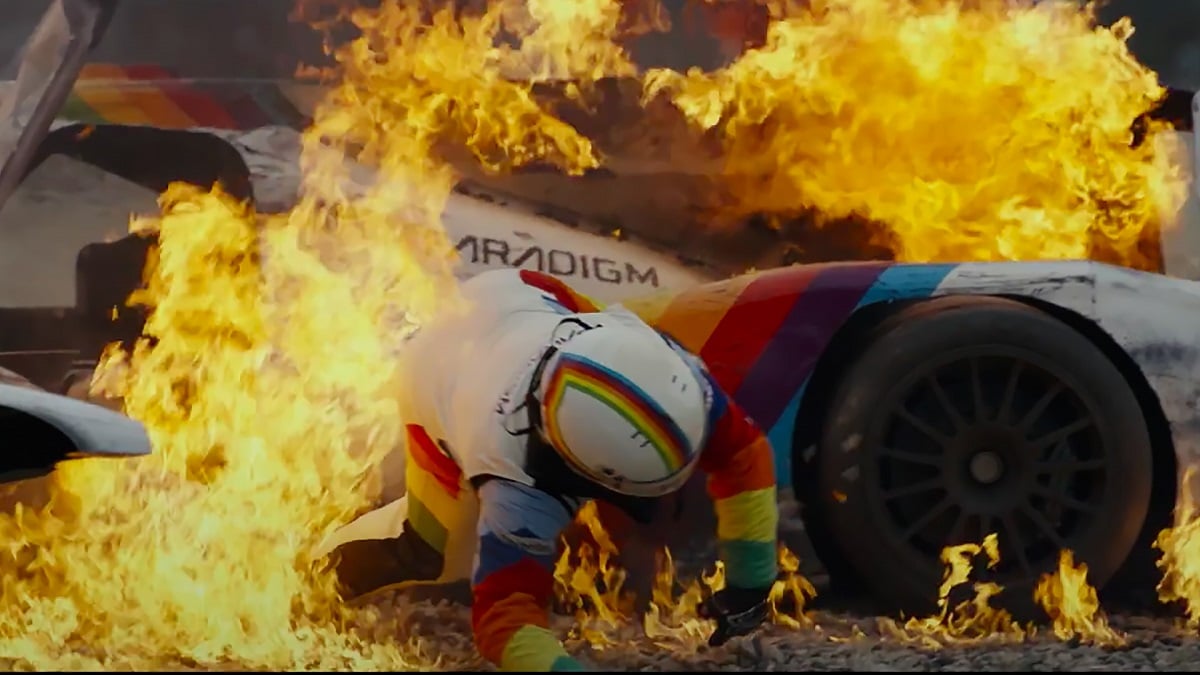
The crash scene depicted in the movie seems to imply Jann was knocked out since we see the crash itself happen immediately followed by Jann getting carried away in a stretcher with a neck stabilizer. The next scene sees Jann “come to” in a hospital, covered in scratches, where he is told by Danny and Jack the truth about the tragedy. In reality, after the accident, Jann got out of the car himself and was seen standing next to the wrecked vehicle before he “was taken to hospital for routine checks after being assessed at the circuit’s medical facility,” according to The Guardian.
1. The crash depicted in the film happened in 2015, not 2013

The most controversial aspect of the film is how Jann’s big crash occurred in 2015, not 2013. The reason some found this change to be offensive is the simple fact that the accident is used as a motivator for Jann to make his grand third-place win at the 24 Hour of Le Mans. Though the real-life Jann did make that achievement, it happened two years before the accident ever unfolded, leading to accusations from some critics and audience members that the movie’s script is intentionally manipulative of a real-life tragedy. Though Jann’s 2013 third-place win at 24 Hour of Le Mans is accurate, the athlete also entered the same competition after the 2015 accident later that same year but he did not place, getting a DNF (Did Not Finish) designation instead.

